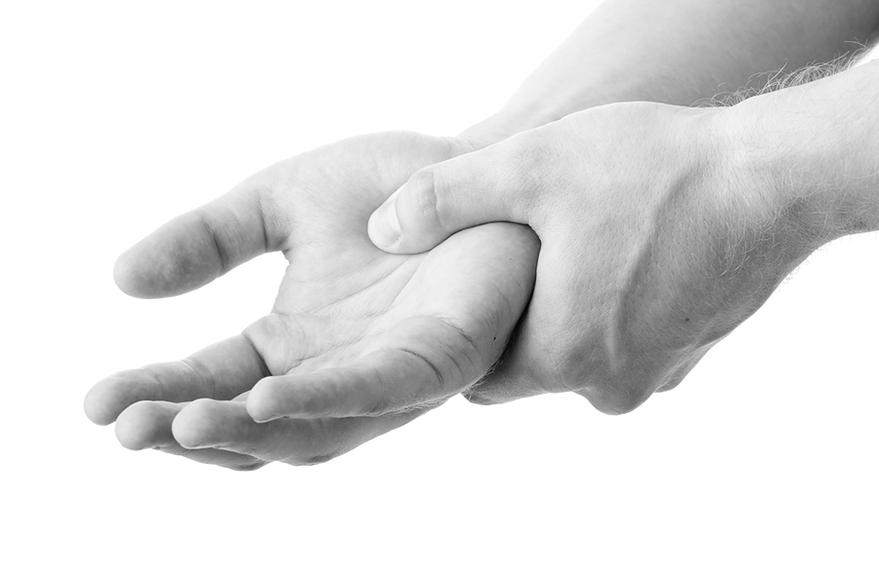Carpal Tunnel
Carpal tunnel syndrome (CTS) is a common condition that causes a tingling sensation, numbness and sometimes pain in the hand and fingers, this is caused by compression of a nerve in the wrist called the median nerve. Usually, symptoms develop gradually and are often worse during the night. People who suffer from CTS classically complain of being woken from their sleep, and have to shake the hand over the side of the bed to relieve their symptoms. The thumb, index and middle finger are most commonly affected.
There are a number of ways the median nerve can become compressed at the wrist.
- Osteoarthritis or previous fractures of the wrist can cause the space around the nerve to be narrowed, leading to the syndrome.
- Inflammation of the lining of tendons lying adjacent to the nerve, known as tenosynovitis, is another possible cause.
- Other conditions associated with carpal tunnel syndrome are pregnancy, thyroid disease, rheumatoid arthritis and diabetes.
- In most cases there is no identifiable causative factor.
In chronic cases, the muscles of the thumb may also become weak and decreased in size, leading to difficulties with maintaining a grip. Sufferers often complain of dropping things and the hand feeling “clumsy”. Simple activities such as fastening buttons or picking up coins may become difficult.
Treating Carpal Tunnel Syndrome
Following a consultation, involving a medical history and clinical examination, further specialized tests of the nerves and muscles within your hand, known as nerve conduction studies and electromyograms, may be required. The tests are usually pain-free and show how severely the nerve is affected. In some cases CTS will resolve without treatment, or simple self-care measures can reduce the symptoms. CTS in pregnant women often gets better within three months of baby being born, although it can remain permanently. Non-surgical treatments, such as wrist splints and corticosteroid injections, are sometimes offered to treat mild symptoms, with good results.
Surgery may be required if non-surgical treatments fails to relieve the symptoms. Surgery can relieve symptoms immediately in some cases, or it can take a while to see improvements, often depending on how severely the nerve was compressed. In some severe cases, there is no improvement in symptoms, but surgery can prevent the symptoms from becoming even worse
Surgery is usually performed under local anaesthetic, as a daycase procedure. A small 3-4 cm incision is made over the wrist, through which the nerve is released / decompressed. A bandage is applied for comfort, and can be removed 2-3 days following surgery, leaving a small sticking plaster to protect the wound. Simple painkillers are taken for a few days to relieve any post-operative pain. Finger and wrist exercises are commenced the same day to support mobility of the hand and aid recovery.
Your stitches will be removed between 10-14 days after the operation either at your local GP surgery or at Mr Murray's clinic. Depending on which hand was operated on and what your job involves, you will usually be able to return to work within a few weeks of surgery.







